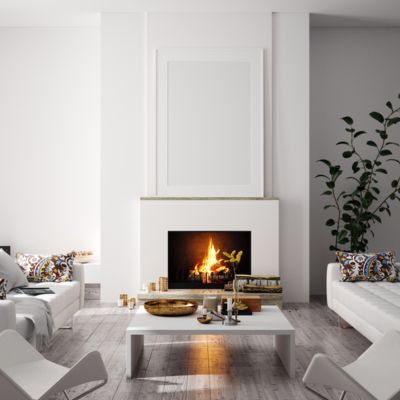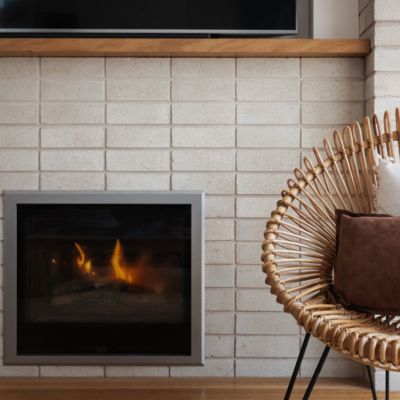English snug: The room design concept that keeps you feeling cosy and warm
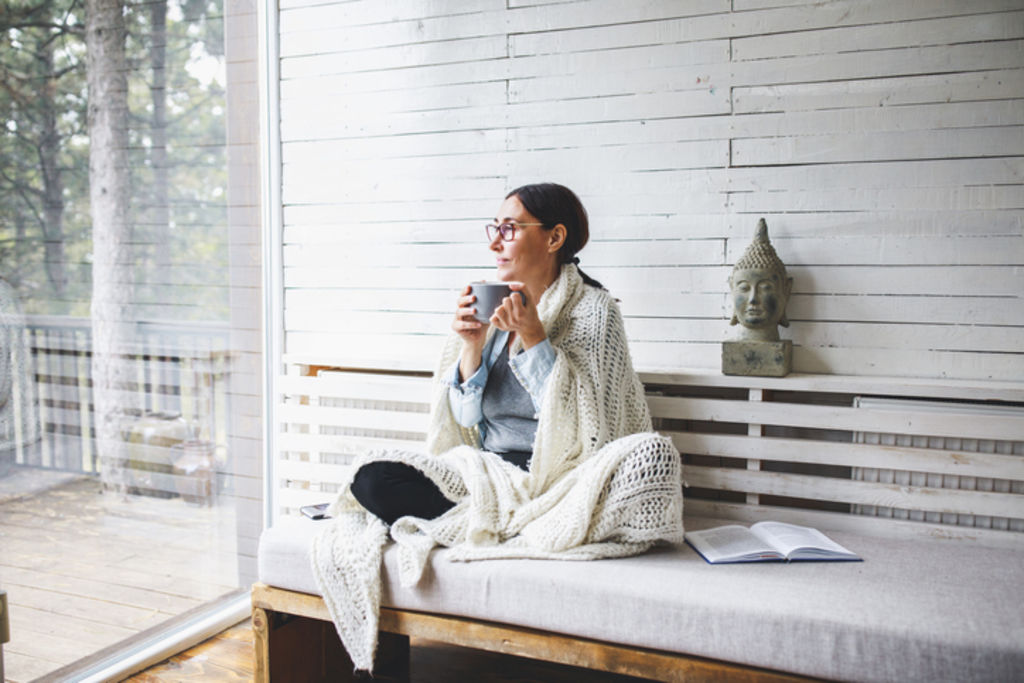
With winter here and more time spent indoors in a COVID-19 world, a comforting interior is more desirable than ever.
However, Australian homes are among the most ill-prepared for winter in the world, according to researchers at the University of Adelaide’s School of Architecture and Built Environment. And while our climate tends towards colder days, our interior designs most often reflect summer lifestyles.
So why not take decorating inspiration from the “English snug”?
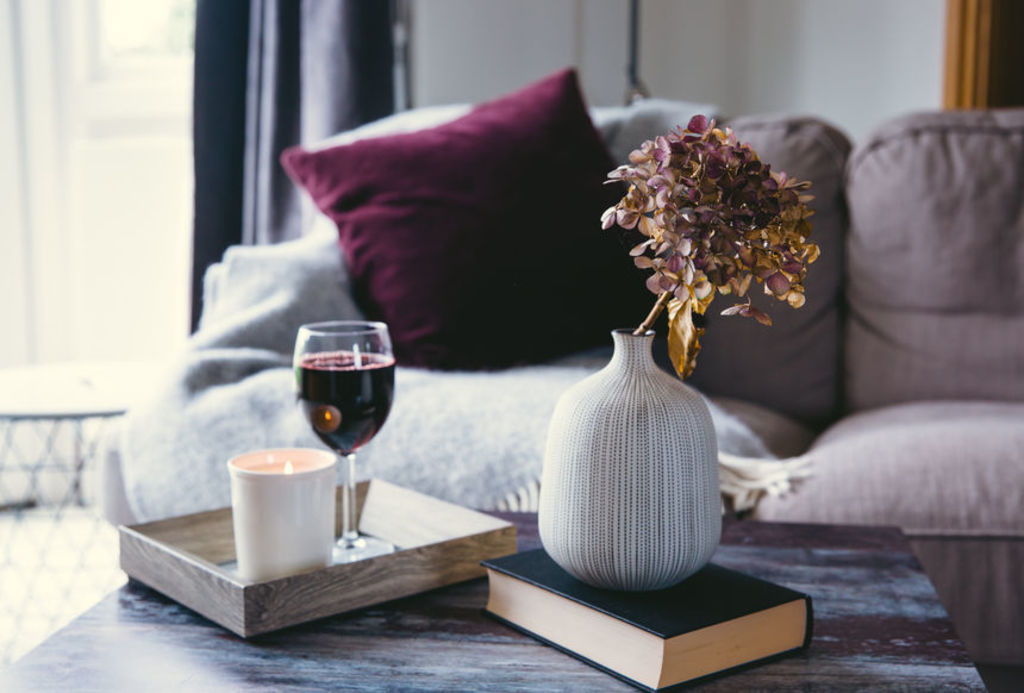
Anthony Ashworth, an Australian interior and building design consultant and educator, describes the room design concept as “a cosy, contained, sensorial, rich, warm space for sipping slow beverages – whisky, wine, hot chocolate – and lap crafts like knitting and reading”.
“Probably a product of the English winters, the snug is about intimate smallness, quite practically a place you can keep warm,” he says.
Given it’s cheaper to heat one small room, the snug makes economic sense.
Here’s how to get the look:
Fire up
A real fireplace is ideal, but there are other ways to invoke that sensory experience, Ashworth says. This includes fake electric fireplaces, heaters that glow, candles and YouTube videos of real crackling fireplaces.
Any heaters should be fairly soundless, to foster a quiet ambience.
Warm light
Avoid overhead lighting and create soft pools of subdued light with lamps. Denser fabric shades allow light to shine down and up rather than out, Ashworth says.
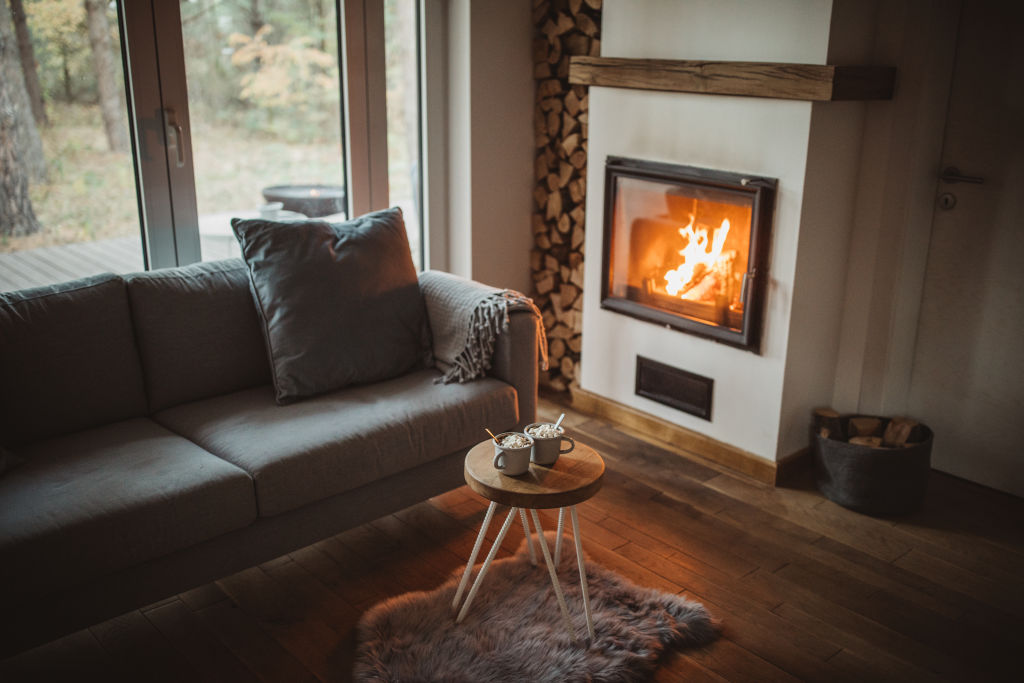
The snug is ideal for backlights, fairylights, salt lamps, lanterns and anything that splays light across the ceiling. Be sure your bulbs emit warm, gold or coppery hues, not cold white light, Ashworth says.
Re-create the womb
By nature, a snug is feminine, darker, enclosed, more textured and intimate. “You’re up close to everything,” he says. Frame off large expanses of glass with curtains: “Treat the windows more like a picture.”
Stuck with an open plan or enormous living area? Ashworth advises creating a snug in a corner by using furniture and standing lamps to partition it off.
Also keep your snug as low-tech as possible – no cables all over the floor!

Cuddly textures and layers
Knits, throws, soft cushions and fabrics, rugs and faux fur convey a feminine sense of texture and nurture, Ashworth says. “They also augment heating and absorb sound.”
“The whole nature of a snug is layered,” he adds.
Cover fake timber floors, tiles or dull grey carpet with carpet tiles and rugs, he says.
Comfy seating
Your furniture should promote slowing down with your feet up – like foot-rests, rockers, or ultra-comfy chairs.
If your seating is uncomfortable, Ashworth suggests padding it with cushions.
And a side-table is essential. “It’s about having that tea or book near you,” he says.
Rich, warm colours and patterns
From an elemental perspective, snugs are about the warmth of fire and the quietude and holding of earth, Ashworth says.
Choose broodier colours and darker, heavier furniture, he says. “When it comes to floorboards, it’s not a place for chirpy ash, but walnut or oak.”
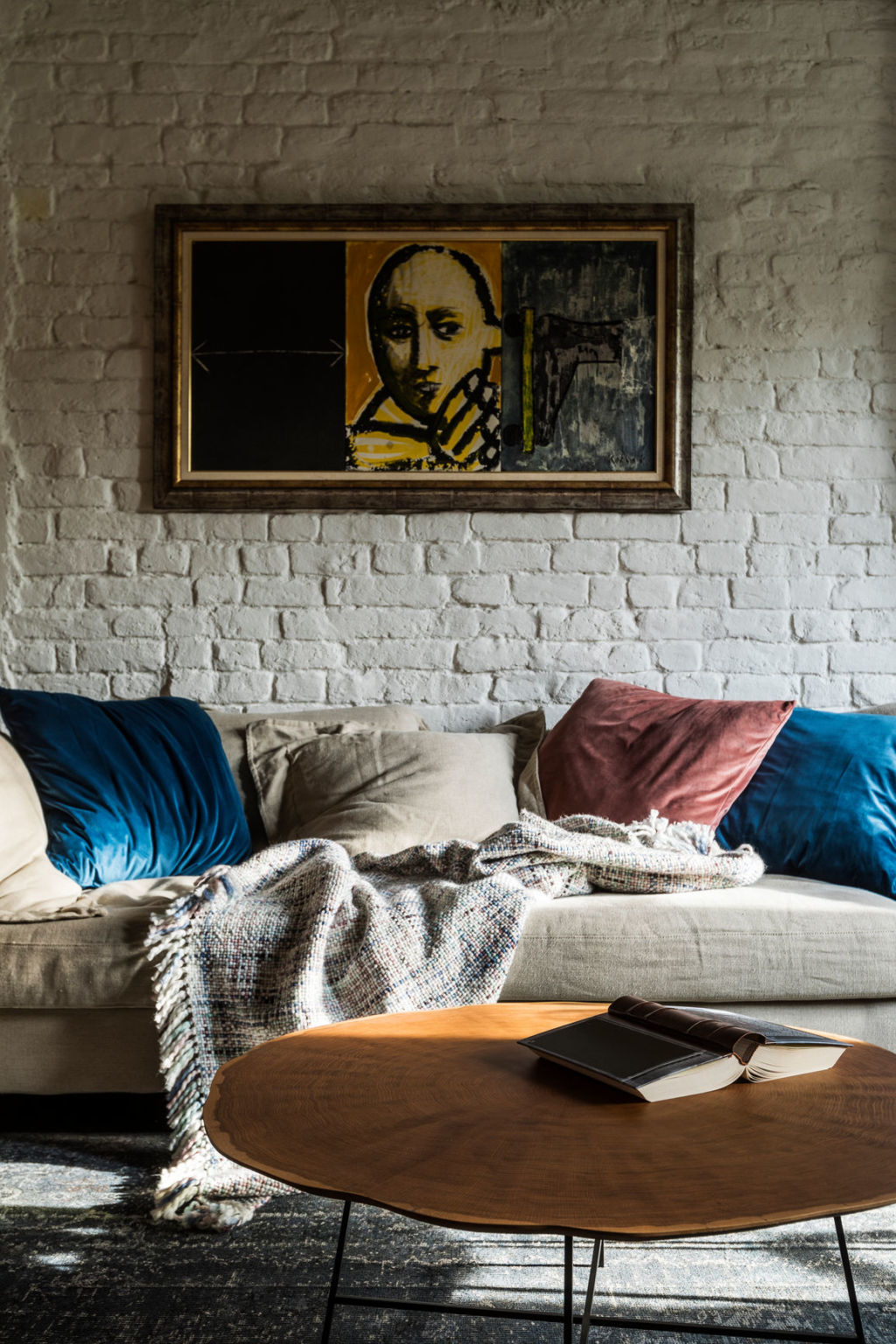
“It can be quite a moody place – you can have pictures of storms and the seaside, that sense of velvet, deep green and burgundy. Heaviness is good here.
“[But] lighten up with richness.”
Think rich wall colours, wall fabrics, floral wallpaper (it’s OK to be busy). But, Ashworth says, keep your patterns feminine.
Seal draughts
If you can, insulate or at least choose a space that is less prone to draughts.
“Curtains and snugs are fairly synonymous,” he says.
Ideally, have a pelmet at the top with floor-length drapes and an overhang of at least 15 centimetres either side of the window. “Then you’ve effectively created double-glazing ’cause you’ve created a small void between the curtain and glass that holds the cold air in,” he says.
Sentimental mementos
Whether travel snaps, crafts or a beautiful vase, your knick-knacks should evoke happy memories, a sense of belonging and a life well-lived, he says. “A snug can be really eclectic, a mix of east and west, different cultures and eras,” he says. “It’s absolutely counter to minimalism.”
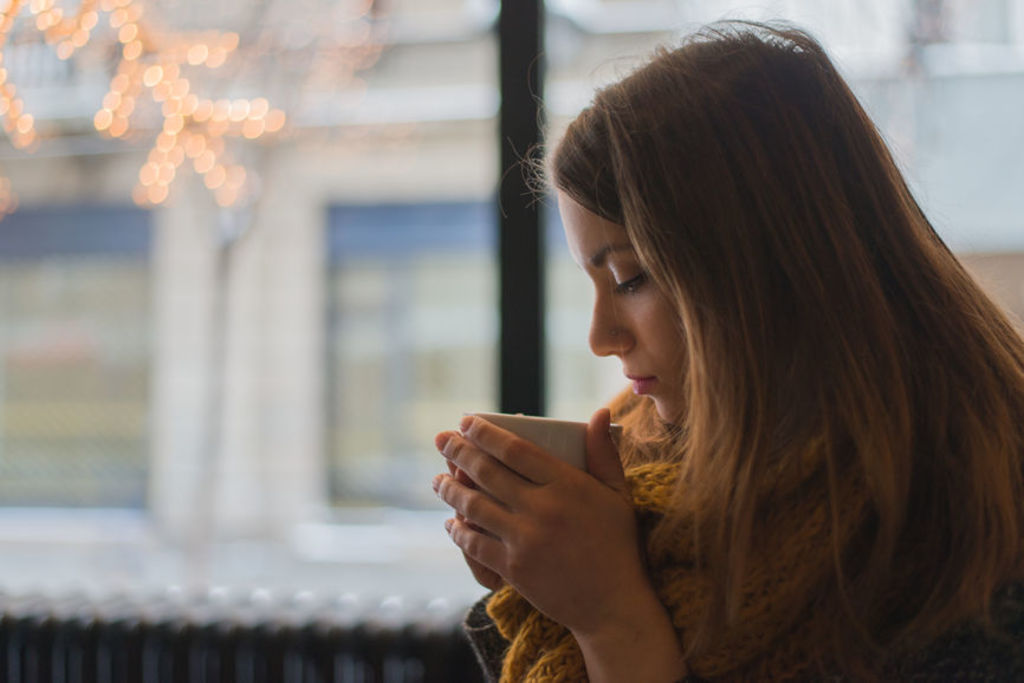
Include old furniture, like replica nostalgic pieces or family heirlooms, as they help root us. “We feel held by ancestors and a deeper sense of time that slows us down and makes us contemplative,” he says.
Comforting aromas
Think the smoky odour of a wood-fire, mulled wine, hot chocolate or soup.
Ashworth suggests using woody incense, like sandalwood or frankincense, and use real essential oils. Avoid scented candles as most use unhealthy, chemically manufactured fragrances.
Lap activities
Throw in a board game, pack of cards, notebook, reading material, nibbles platter, or lap cat or dog.
From a deeper psychological perspective, the snug is about embracing winter and our inward journey, Ashworth says.
“It’s a self-reflective space to inspire what we might want to dream up for next summer, invoking our next project, job or book, when the weather clears.”
We recommend
We thought you might like
States
Capital Cities
Capital Cities - Rentals
Popular Areas
Allhomes
More

